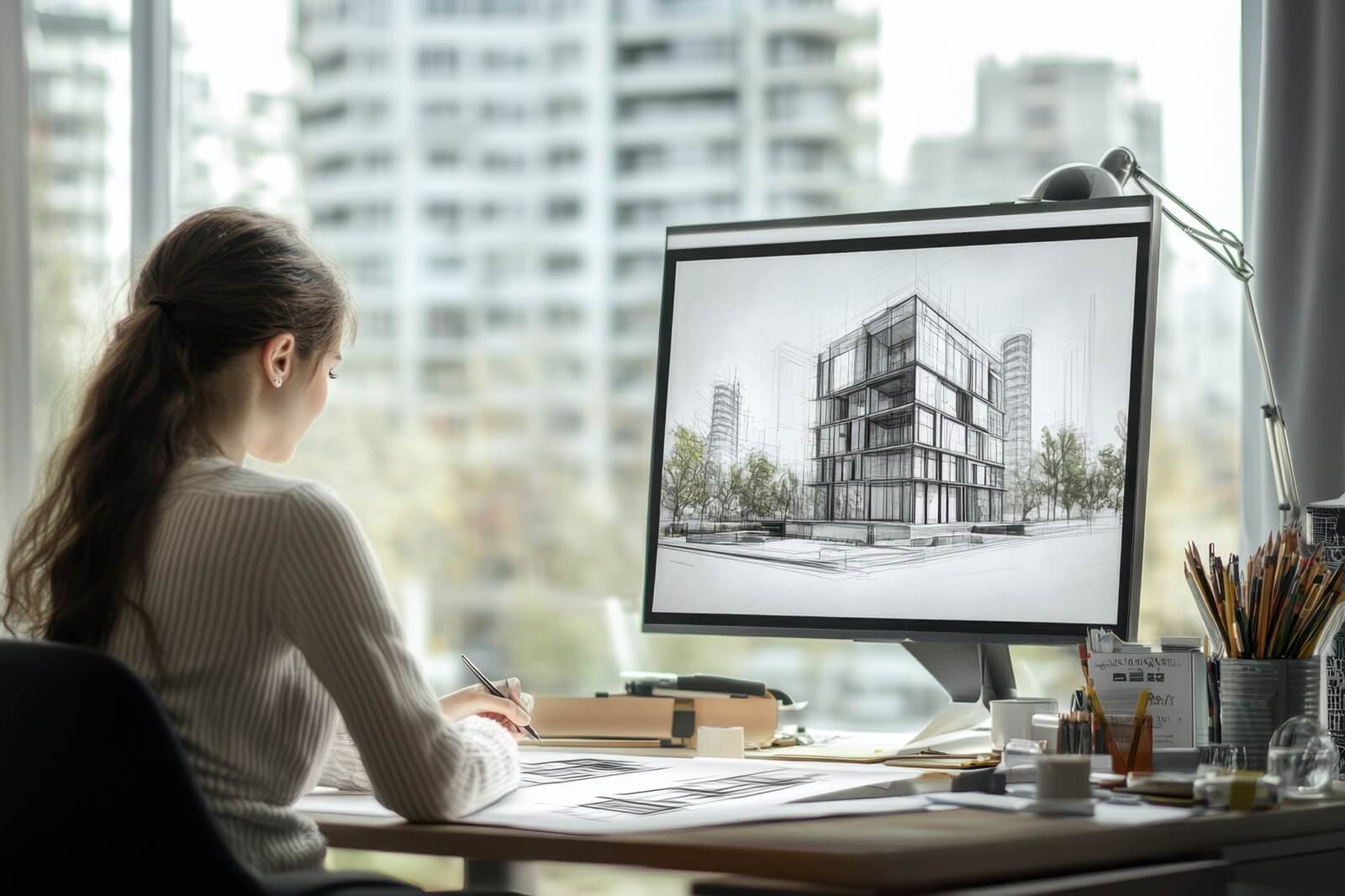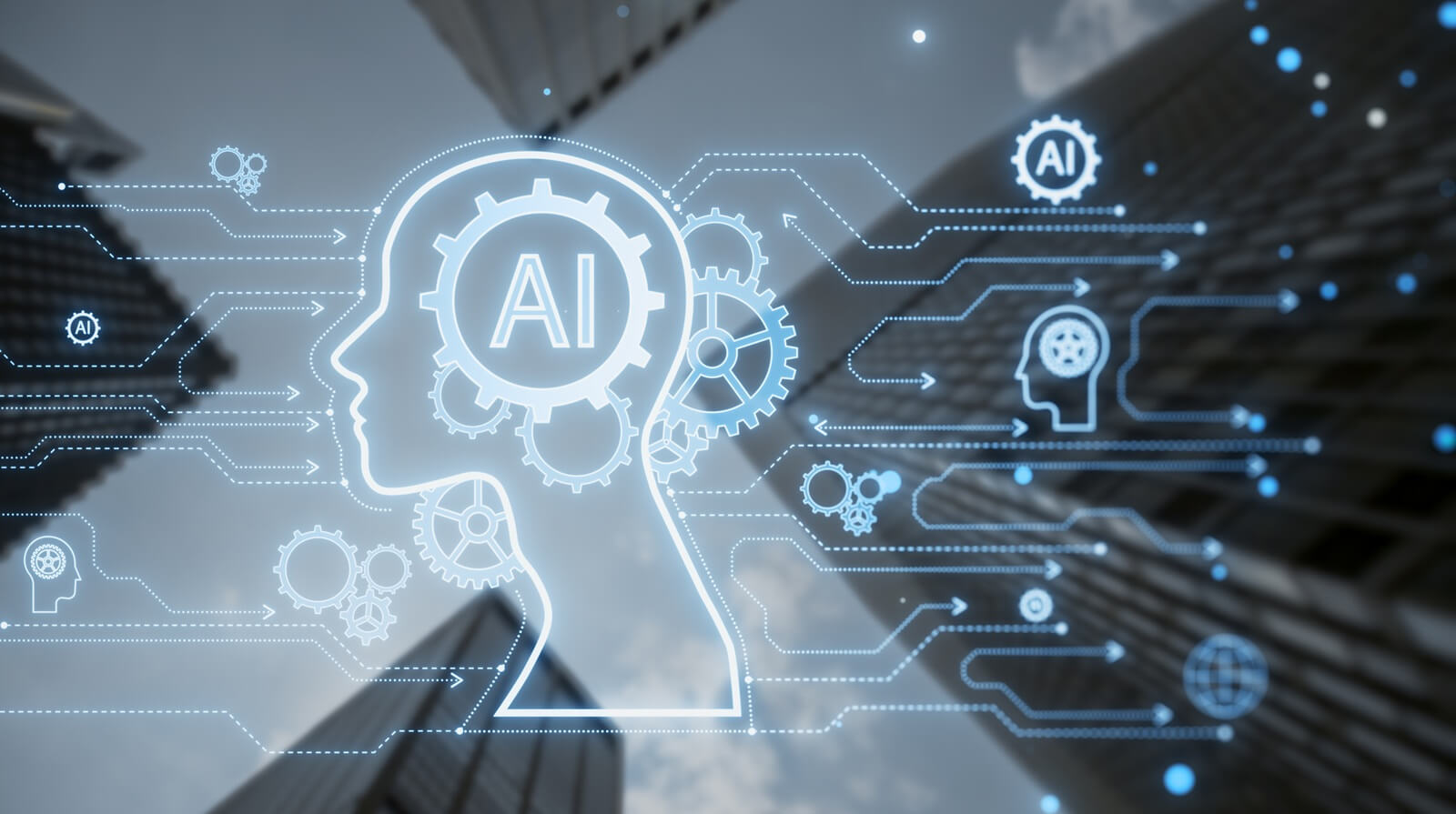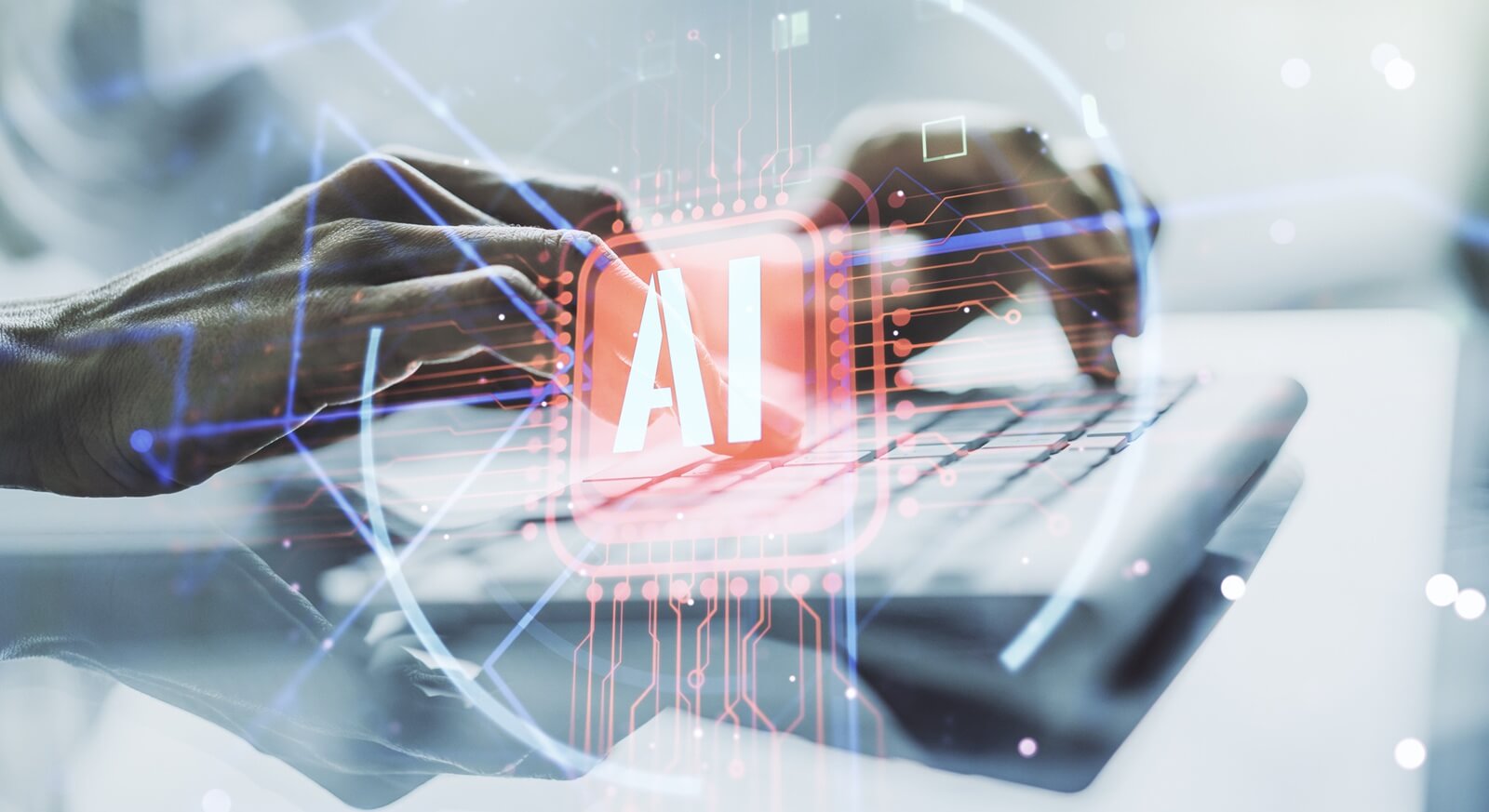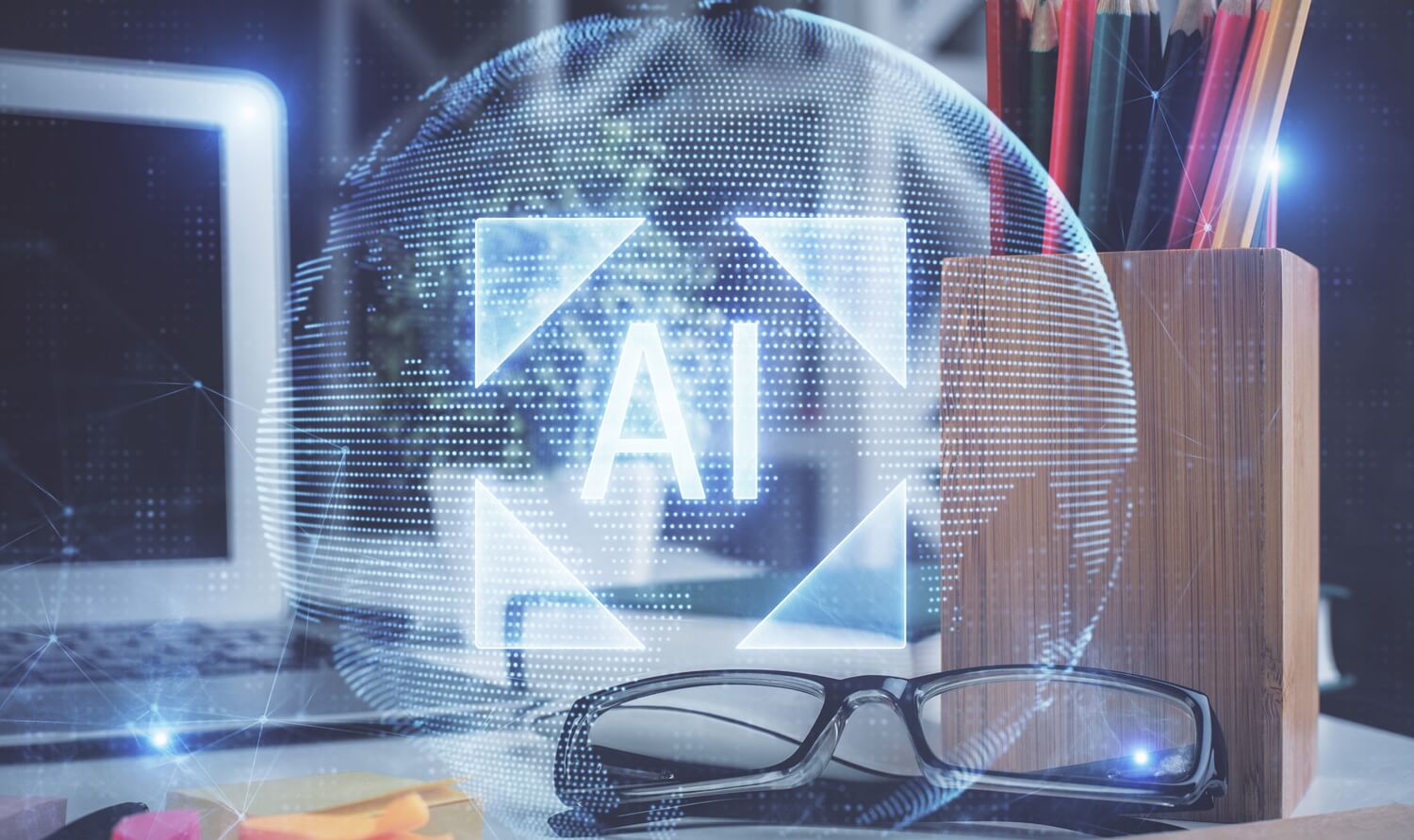In modern architecture and design, SketchUp has become the creative canvas where ideas take shape — quickly, visually, and intuitively. But as design expectations grow and digital workflows evolve, even the most agile modeling platforms face mounting demands: larger models, more complex textures, and faster rendering cycles.
For many architects and engineers, SketchUp’s creative power is often limited not by imagination but by infrastructure — hardware bottlenecks, inconsistent performance, and collaboration delays. That’s where AI in SketchUp is redefining the rules of what’s possible. When artificial intelligence meets 3D modeling, precision becomes predictive, rendering becomes adaptive, and design workflows evolve into intelligent ecosystems that learn, optimize, and accelerate creativity.
At Stealth Technology Group, we engineer this transformation. Our AI-enabled infrastructure enhances SketchUp performance through real-time rendering optimization, predictive resource scaling, and intelligent automation that eliminates lag while improving model accuracy.
This isn’t just faster modeling — it’s smarter modeling.
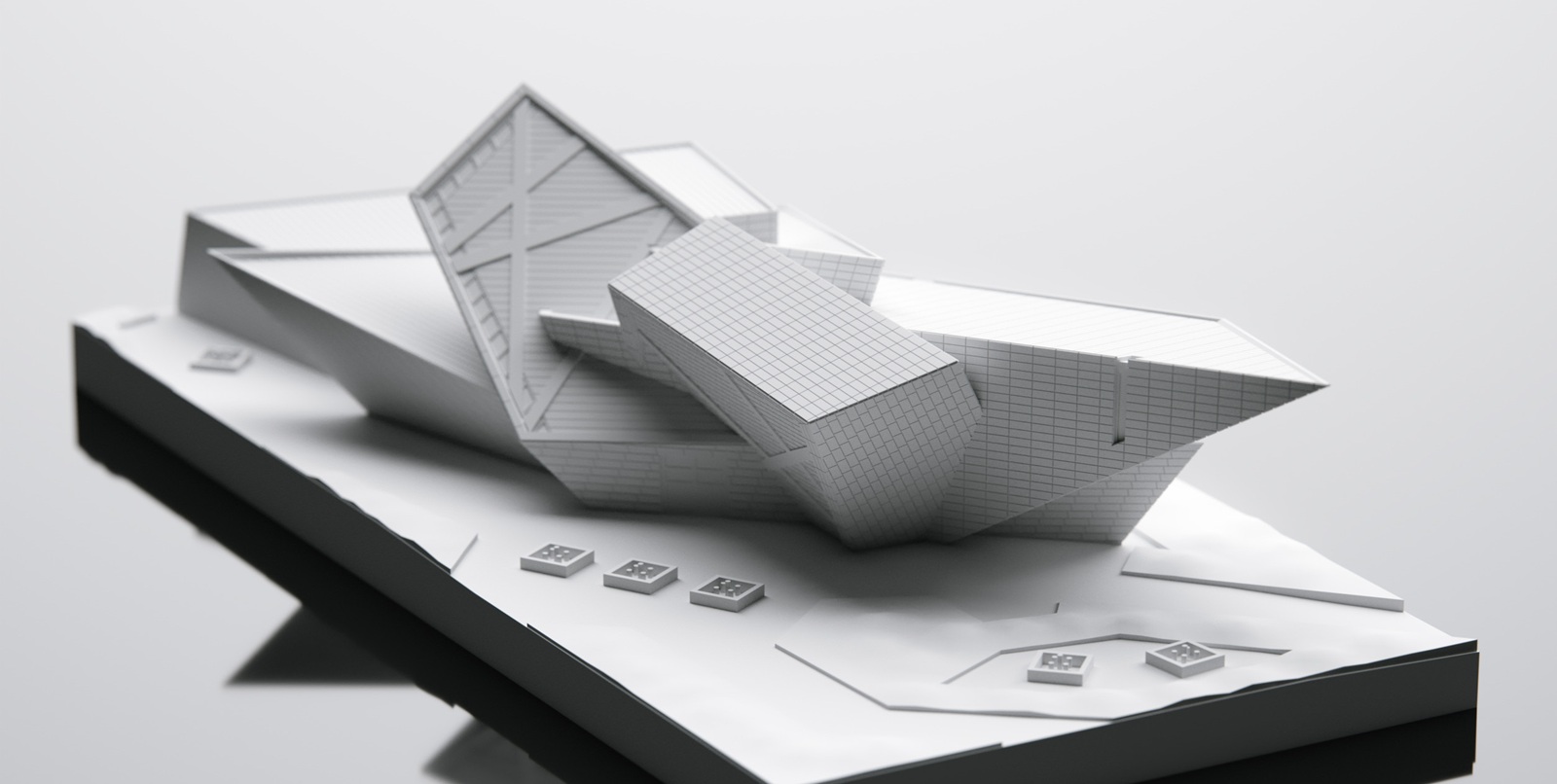
1. The Evolution of SketchUp: From Visualization Tool to Intelligent Platform
SketchUp’s original appeal was simplicity — a design tool that allowed architects to sketch ideas in three dimensions as naturally as drawing by hand. But what began as a visualization tool has matured into a comprehensive modeling environment for construction documentation, interior design, landscape architecture, and conceptual visualization.
Today, firms push SketchUp beyond its early limits — integrating it with real-time rendering engines, complex data layers, and cloud-based collaboration systems. Each of these innovations adds capability but also computational strain. Large urban planning models or detailed interiors can quickly overwhelm local systems, leading to slow frame rates and time-consuming file management.
The future of 3D modeling depends on removing these barriers. AI provides that bridge — transforming SketchUp into a living, learning design engine that anticipates user intent, optimizes every process, and enhances precision at every stage.
2. The Bottleneck Problem: When Hardware Limits Creativity
Most modeling challenges stem not from software but from the systems that run it. Traditional workstations, even high-end ones, have finite GPU, CPU, and memory resources. When multiple large models run concurrently or rendering plugins like V-Ray and Enscape are engaged, performance degrades rapidly.
Architects often face the same frustrating pattern: real-time previews lag, rendering queues stack, and iterative refinement slows down. In collaborative environments, this issue multiplies — large files must be synced, versioned, and shared across remote systems, causing delays and data loss.
This is where AI-driven infrastructure changes the creative dynamic. Instead of static hardware performance, AI systems predict resource demand in real time and allocate computational power dynamically. Whether it’s scaling GPU clusters during a rendering spike or optimizing CPU threads during modeling, AI ensures SketchUp performs at peak efficiency without manual intervention.
When architecture is limited by hardware, it becomes reactive. When powered by AI, it becomes predictive.
3. Intelligent Infrastructure: The Foundation of Performance
To understand how AI enhances SketchUp, one must view it not as a plug-in or an add-on, but as part of an intelligent design infrastructure — an environment that senses, learns, and adapts.
Our AI infrastructure integrates deeply with SketchUp’s computational processes. It continuously analyzes system telemetry — GPU load, file I/O speed, rendering latency, and user activity — to optimize resource distribution automatically. This creates a fluid design experience where performance issues are addressed before users even notice them.
For instance, if multiple designers collaborate on a shared model hosted in the cloud, AI detects high traffic and scales resources instantly, preventing lag or dropped frames. When rendering begins, the system anticipates data flow requirements, caching assets proactively and distributing workloads intelligently across virtualized GPUs.
The result is an environment that doesn’t just run SketchUp — it thinks with it.
4. AI Rendering Optimization: Redefining Real-Time Visualization
Rendering is one of the most resource-intensive processes in design. The difference between a smooth workflow and constant bottlenecks often comes down to how efficiently systems manage real-time visualization.
AI transforms this experience through rendering optimization — a process that combines predictive analytics with automated performance tuning. Using neural learning models, AI identifies rendering patterns unique to each project, optimizing them dynamically. It learns how lighting, materials, and geometry affect performance, and reallocates resources accordingly.
Predictive Rendering Acceleration
Stealth’s AI hosting platform introduces predictive acceleration — an innovation that allows rendering engines to “pre-learn” common visual states. As users orbit, pan, or adjust materials, AI preloads likely views and precomputes light maps. This reduces rendering latency dramatically and allows for near-instant visualization, even in models with millions of polygons.
By eliminating wait times, designers spend less time waiting for scenes to load and more time refining their ideas — the essence of creative productivity.
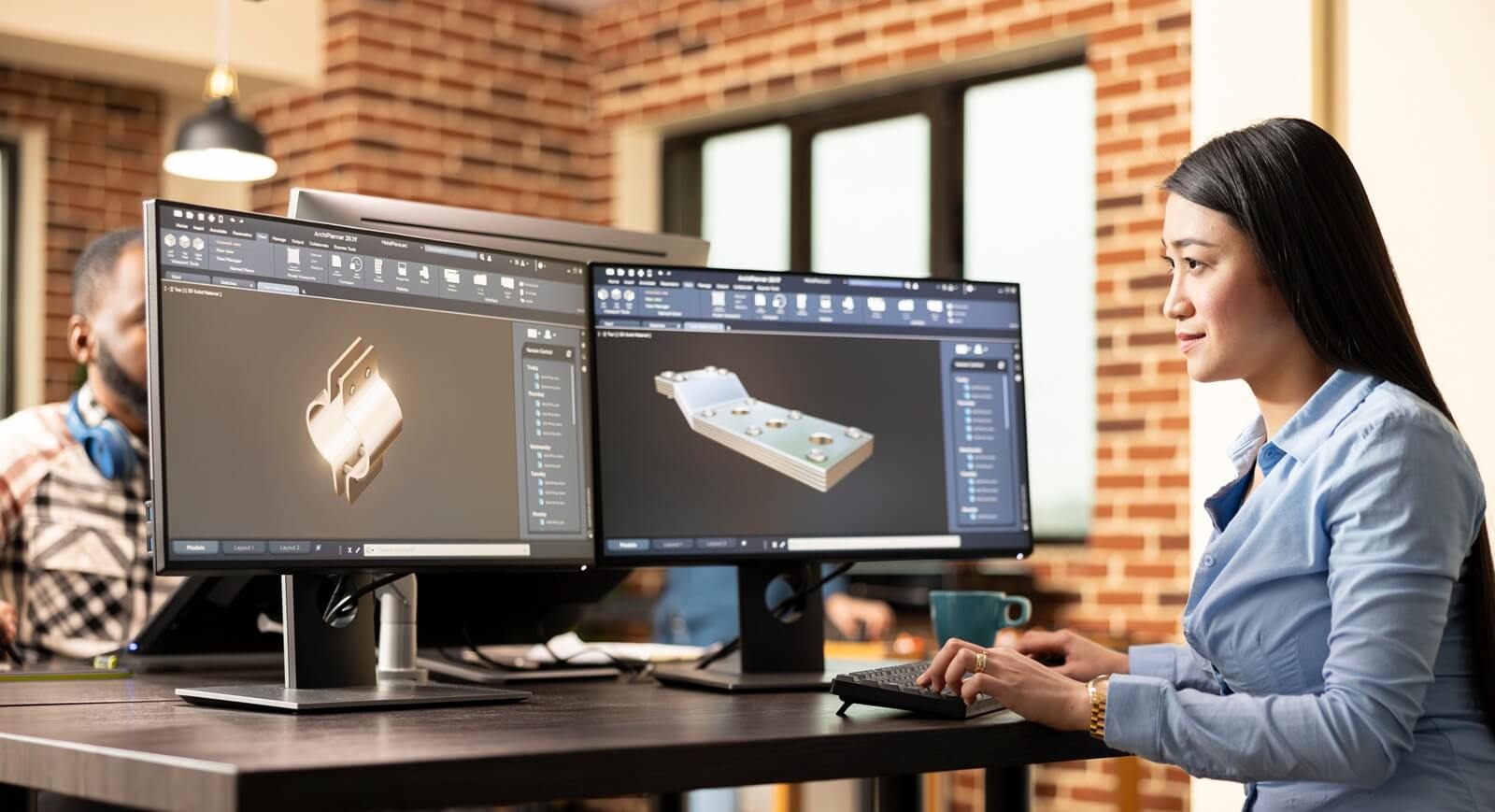
5. 3D Modeling AI Tools: Enhancing Precision, Reducing Rework
Precision is the currency of credibility in design. Even small modeling errors can cascade into construction inconsistencies or client dissatisfaction. 3D modeling AI tools are closing that gap through automated validation, real-time corrections, and predictive geometry alignment.
AI analyzes model geometry as it’s created — detecting gaps, overlaps, and misalignments that often go unnoticed in manual workflows. It suggests corrections in real time or automatically adjusts geometry within pre-defined tolerances.
Additionally, AI helps enforce version integrity. It maintains contextual memory of the model’s evolution, comparing each save to detect regressions or potential data conflicts. This ensures every iteration builds upon a consistent, accurate foundation.
AI-driven modeling assistance not only enhances technical precision but also builds trust. Clients see fewer errors, teams spend less time on rework, and projects maintain a consistent trajectory from concept to construction.
6. Collaborative Intelligence: SketchUp Without Borders
The modern design studio is no longer confined by geography. Collaboration now spans cities, continents, and time zones — and SketchUp’s cloud-based workflow thrives in this environment. But the real transformation occurs when AI manages this complexity intelligently.
AI enables real-time synchronization of models across global teams while maintaining version control and performance. It predicts bandwidth requirements, adjusts compression in real time, and optimizes data streaming to minimize latency. This ensures that even the most detailed 3D environments remain responsive — whether accessed from a high-end workstation or a tablet in the field.
AI for Seamless Coordination
Beyond file management, AI manages collaboration contextually. It understands which users are modifying geometry, who is rendering, and who is reviewing. When multiple stakeholders engage simultaneously, AI prioritizes tasks dynamically — ensuring that bandwidth and resources align with project priorities.
This creates a design ecosystem where collaboration doesn’t mean compromise, and remote coordination feels as fluid as working side-by-side.
7. Securing the Cloud: Protecting Creativity with AI
Security in design environments has evolved beyond passwords and permissions. Every SketchUp project represents intellectual capital, and protecting that data requires intelligence equal to its value.
AI safeguards 3D assets through behavioral analytics, encryption automation, and predictive monitoring. It detects unusual data transfers, flags unauthorized device access, and prevents breaches before they occur. Files are encrypted dynamically based on sensitivity — ensuring that even if data is intercepted, it remains unreadable and tamper-proof.
Stealth’s infrastructure integrates AI-based compliance mapping, automatically aligning user activity with frameworks such as ISO 27001 and SOC 2. Every model edit, export, and render is logged within immutable records — ensuring accountability without adding administrative burden.
When creativity is protected by AI, innovation thrives without fear.
8. The Economics of Efficiency: How AI Lowers Cost and Elevates Value
While performance and precision capture attention, one of AI’s most practical benefits lies in efficiency economics. Traditional design infrastructure often results in underutilized systems during off-hours and overburdened servers during deadlines. AI resolves this imbalance through intelligent resource management that scales exactly with need.
Predictive resource allocation eliminates idle time and waste, significantly reducing energy consumption and cloud costs. AI analytics track workload cycles, helping firms forecast future demand and allocate budgets strategically.
This adaptability transforms IT infrastructure from a fixed cost into a variable, performance-linked investment. Firms pay only for the power they use — while maintaining continuous peak performance.
Ultimately, AI hosting turns operational efficiency into a competitive advantage: reduced downtime, faster delivery, and lower total cost of ownership.
9. Implementation Roadmap: Bringing AI to Your SketchUp Environment
Adopting AI in SketchUp requires more than technology — it requires transformation. Stealth’s approach simplifies this evolution through three key phases:
- Assessment: We analyze your current modeling workflows, identifying hardware bottlenecks, rendering inefficiencies, and collaboration gaps.
- Integration: AI hosting infrastructure is layered onto your existing environment with zero disruption, instantly improving rendering performance and data flow.
- Enablement: Teams receive ongoing optimization through machine learning feedback loops — allowing systems to self-tune for sustained performance gains.
By embedding intelligence directly into design infrastructure, firms can evolve their SketchUp environment into a scalable, adaptive ecosystem capable of handling the creative demands of tomorrow.
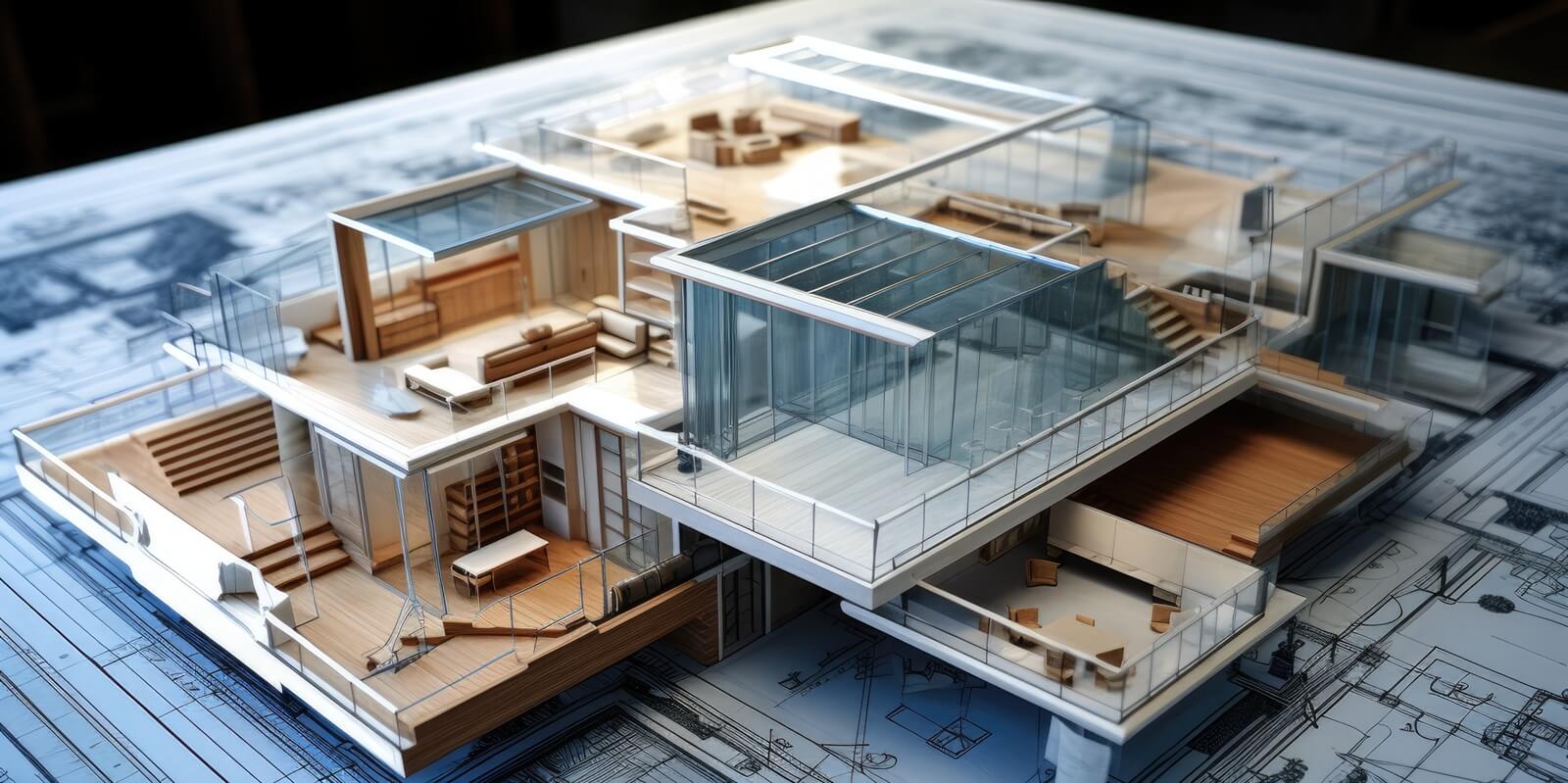
Summary
AI in SketchUp represents a turning point in 3D modeling — where performance, precision, and collaboration converge into one intelligent design ecosystem. By integrating artificial intelligence with cloud infrastructure, architects and engineers can move beyond reactive workflows to predictive, adaptive environments that elevate both creativity and control.
With AI-driven rendering optimization, predictive performance management, and real-time collaboration, every model becomes a living, evolving representation of design intelligence. The result is faster decisions, fewer errors, and greater confidence from concept to completion.
At Stealth Technology Group, we deliver the infrastructure behind that transformation. Contact us to know how our AI hosting for SketchUp users accelerates performance, enhances modeling precision, and protects intellectual property through secure, adaptive cloud technology.

